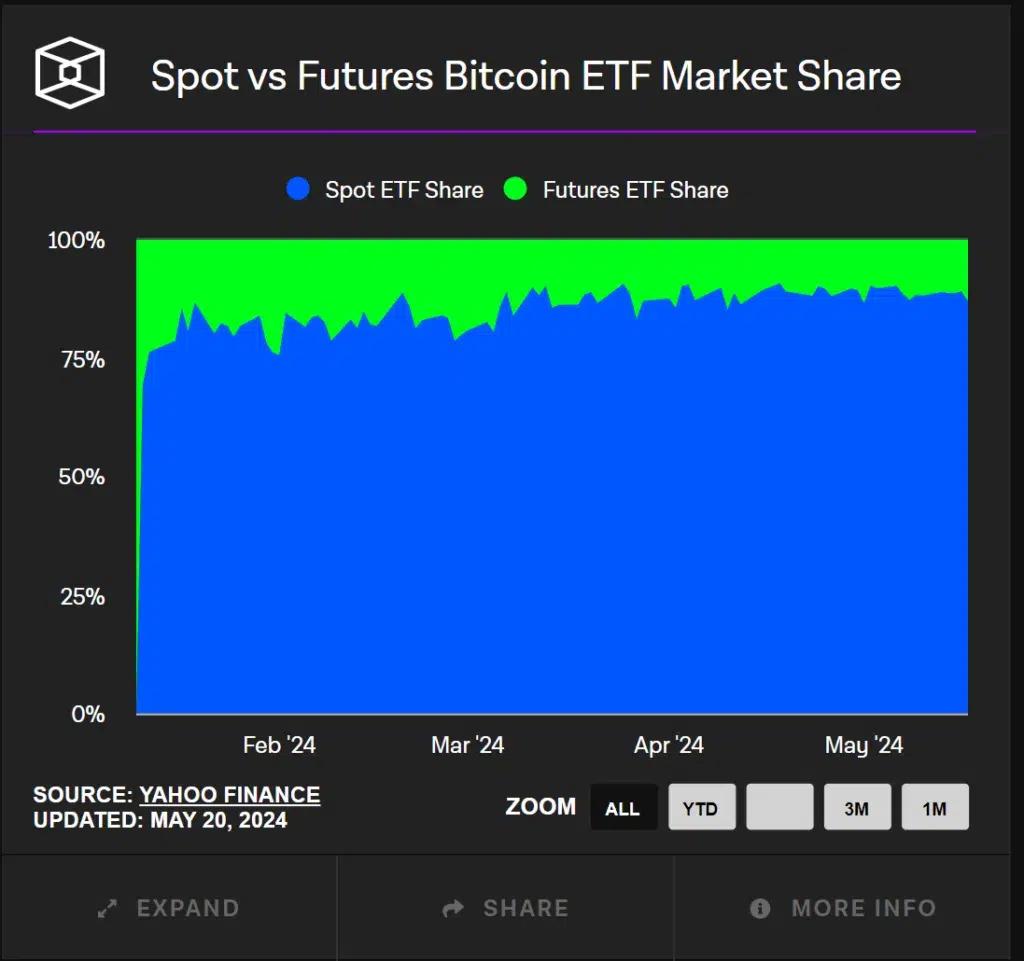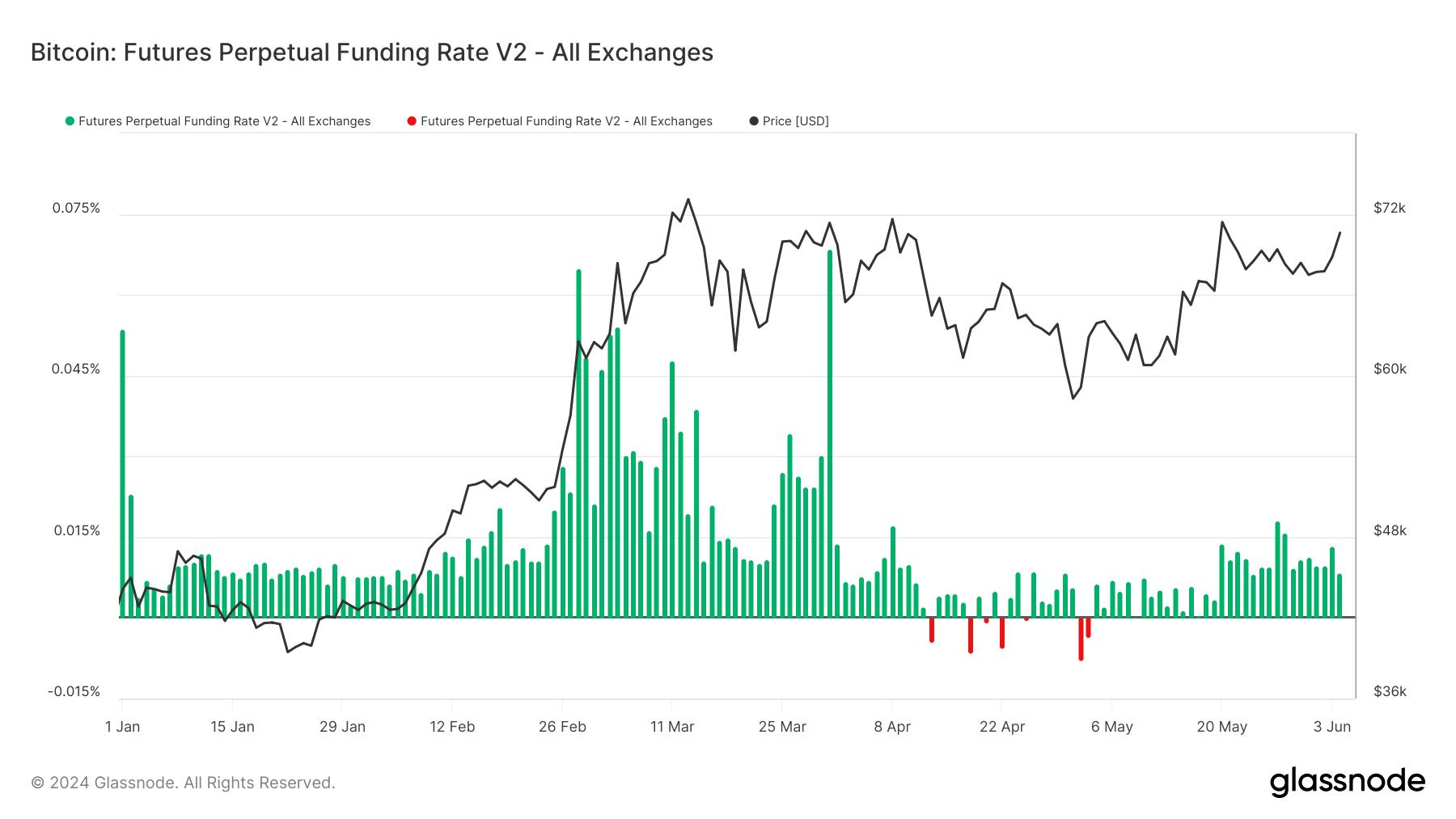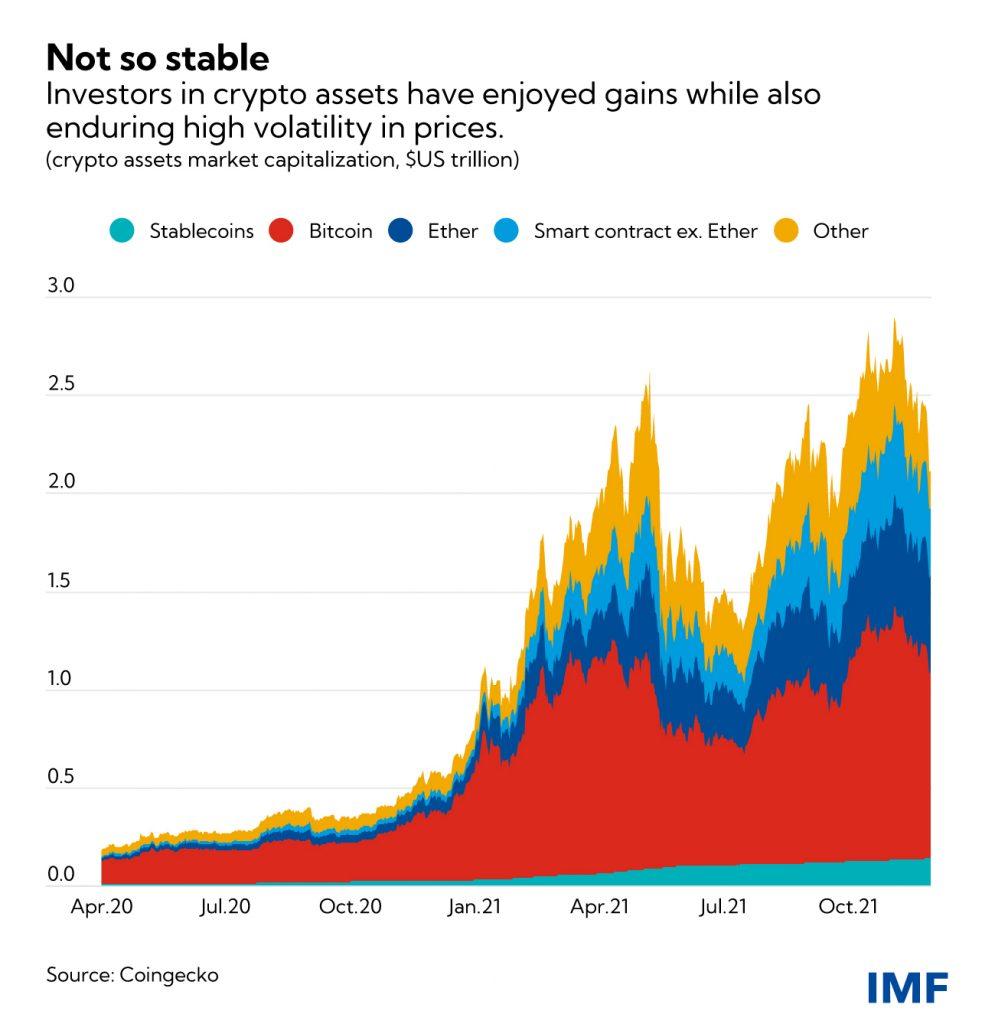- Spot trading offers outright ownership, no liquidation risk, and aligns with long-term holding strategies.
- Leveraged contracts amplify profits and losses, with added risks like funding costs and forced liquidations.
- Risk profiles differ: spot allows patience through volatility, while leverage demands vigilance and strict margin management.
- A balanced approach combines core spot positions for stability with cautious, low-leverage trades for tactical opportunities.
TradingKey - The cryptocurrency markets have provided investors with various avenues for gaining exposure to price action. The most direct one is spot trading, which involves spot buying and selling, providing outright ownership. But for investors who desire enhanced exposure, levered contracts in the form of futures and perpetual swaps are another alternative. They allow investors to manage larger positions than the real capital they hold by borrowing money from the exchange.
Both strategies, at first, present exposure to the same marketplace. The mechanics, however, are considerably different, along with the risks and rewards. Understanding the difference is crucial for investors who trade on controlling the downside and allocating capital.
Spot Trading: Possession and Simplicity
Spot trading is the foundation of each marketplace. When one buys Bitcoin or Ethereum on the spot marketplace, they are the sole owner of the asset. The asset can be sold for a profit in case the price appreciates. The price drops and the asset falls in value; however, no liquidation or margin call occurs.
The advantages of spot trading are just that. You actually possess it, it can be transferred, stored, or staked. There are no fees for interest or margin. Spot trading is also harmonious with long-term plans. Investors purchase and hold during a drop, knowing that for as long as the asset survives, the position is fine.
The con is limited flexibility. Spot positions are a benefit on a single side, up. There is no way to short the market without derivatives, and the profit is capped by the money invested. Spot is a conservative investor's stable. Spot is sluggish for aggressive investors who want leverage.

Source: https://www.cryptorank.io
Leveraged Contracts: Power and Peril
Levered contracts, such as futures and perpetual swaps, allow the trader to control larger positions than their capital would. For example, with 10x leverage, $1,000 controls $10,000 in Bitcoin. The price increases by 5%, the trader earns $500 instead of $50. The benefit is evident: multiplied profit.
But leverage goes both ways. A 5% drop with 10x leverage eliminates the original $1,000. Exchanges make sure of that by closing out positions automatically when margin levels are passed. Traders may lose their whole stake a whole lot sooner than they would in spot markets.
Levered contracts are also accompanied by issues such as funding rates, contract expiries, and rollover risks. Perpetual swaps that are prevalent in crypto avoid expiry but require investors to pay or be paid funding if they are short or long. They are expensive mechanisms that tend to eliminate profits in the long term.

Source: https://www.cryptoslate.com
Comparing Risk Profiles
The key difference between spot and leverage is that they are asymmetrical in risk. Spot positions drop in value but are never closed involuntarily. Leverage brings with it the possibility of outright loss through liquidation, irrespective of the asset recovering later.
Psychologically, the gap is vast. Spot holders can ride out volatility with patience. Leverage traders are required to be vigilant at all times and manage margin, and must be willing to see little movements terminate trades. Inexperienced traders find that this causes fast losses.
But reviled as it is, leveraged trading has a purpose. It allows sophisticated traders to hedge spot positions, express short-term views, or profit from downside action through shorts. Utilised judiciously, leverage is possibly a tool for precision and not speculation.
Risk Management for Both Approaches
No matter what strategy you use, risk management is paramount. Spot traders should be wary of overexposure to a single asset and should consider diversification between tokens or hedging with stablecoins. Stop-loss orders may also protect against catastrophic drops.

Source: https://www.imf.org
Leverage traders require stricter controls. Position sizing is essential; taking 2x or 3x leverage bets cautiously is orders of magnitude safer than 10x or 20x bets. Stop-loss orders must be predetermined and liquidation prices monitored vigilantly. Only risking a small percentage of capital on each trade, 1-2%, ensures survival no matter how many times you lose.
Traders should also take into consideration the time horizon. Spot is better for long-term conviction, and leverage is fine for short-term speculation or hedging. The use of both provides balance: a core spot position for stability and small leveraged trades for tactical plays.
Conclusion
Choosing the Right Fit Spot and leveraging contracts are two quite different games on the same field. Spot offers ownership, simplicity, and strength, making it an ideal choice for both beginners and long-term investors. Leverage provides power, flexibility, and the ability to profit on both ends, but with the ever-present danger of liquidation. The ideal approach depends on personality and objectives. Conservative investors may do well with spot positions. Active, skilled, and disciplined traders may value leverage for tactical reasons.
Most individuals find a compromise best, maintaining a spot for conviction and taking small leverage for short-term trades. Survival in trade, and not glory, is the priority. Spot trading ensures that you remain in the game. Leverage gets you ahead sooner but penalises recklessness ruthlessly. Excellence is a result of learning when each one is better suited for your objectives and, above everything, never letting risk be anything more than you are prepared to lose.


